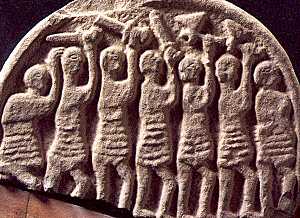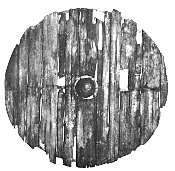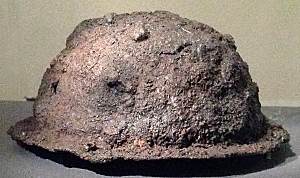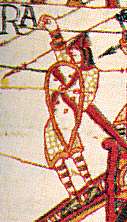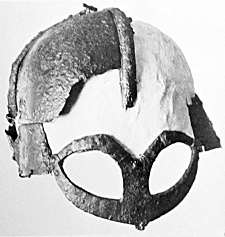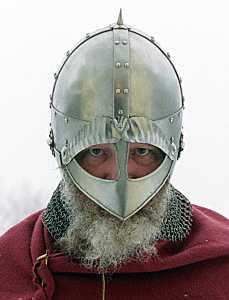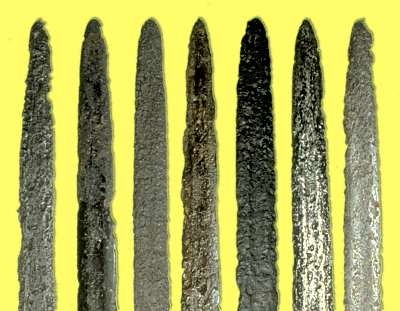What religion did the Vikings follow?
Most of Scandinavia was pagan at the beginning of the Viking Age, worshiping gods and goddesses of Norse myths.
Once the Vikings raided towns that were Christian, they switched religions fairly quickly.
"Although contemporary accounts say little about this, we can see it in the archaeological evidence. Pagans buried their dead with grave goods, but Christians normally didn't, and this makes it relatively easy to spot the change in religion."
In the age of the Vikings, both pagan and Christian religions were acceptable. Proof of this is shown by coins found that have the name 'St. Peter' on them, which would be a symbol of Christianity. However, on many coins, the 'I' in 'PETRI' was in the shape of Thor's hammer, which could mean that both Christianity and Paganism were acceptable at the time.
Thor was a popular god among the Vikings, as, although he is believed to be quite stupid, was the god of strength. It is possible that many Vikings wore symbols of his hammer for protection.
Loki was also a popular god among the Vikings, who was supposedly a fire-god. Loki caused many problems for the gods, although was mostly able to fix them.
As well as many of the gods, the Vikings may have also believed in giants. Loki was one of the few gods to have a relationship with a giantess, and had three children with her.
Hel, their daughter, became the ruler of the underworld.
One of their sons, Jormunagund, was a serpent so large that he was able to stretch all the way around the Earth.
Their other son, Fenris, was a wolf so powerful that he scared the gods themselves, who eventually tricked him into allowing himself to be tied up until the end of time.
Vikings believed that the world would end with the final battle of Ragnarok, between the gods and the giants. Loki and his children would take the side of the giants.
A fire would sweep across the entire Earth, leaving only enough of each of the races to start a new world.
The Vikings believed that when they died in battle, they were sent to a place called Valhalla, located in Asgard, ruled by the god Odin, where they would feast and fight every day, waiting until the battle of Ragnarok.
However, if one were to die from old age or sickness, they were to go to Hel, ruled by the youngest daughter of Loki, Hel.
http://www.pantheon.org/articles/h/hel.html
